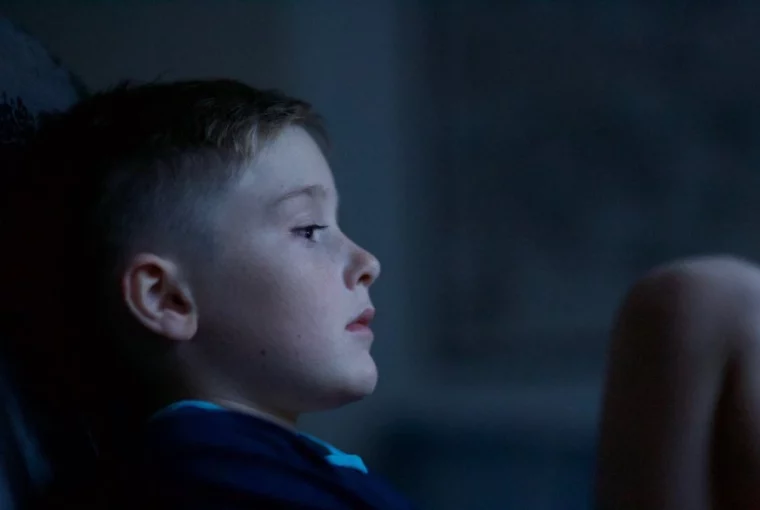As a parent, you never want to imagine that your child is self-harming. Unfortunately, the harsh reality is that many children think about it or even do it. One study conducted with children aged 12-16 was done over a one-year period. During that time, 27% of participants reported having thoughts of self-harming and 15% of them performed at least one act of self-harm. Of those who self-harmed, only 18% of them sought help. To help your child through the tumultuous times of adolescence, it’s important to know what self-harm is, why it happens, and how to help your child cope with it via child anxiety treatment at home or other means.
What Causes Kids To Hurt Themselves?
There is no single cause that makes children want to self-harm. However, it should be noted that most young people who self-harm claim to do so because of overwhelming emotional pain. This can happen for a number of reasons. Perhaps the child is being bullied at school, or maybe things aren’t going well at home. Some say they self-harm because they feel emotionally numb, lonely, or worthless, and the act of pain helps them to feel a release of those feelings.
Sometimes, children self-harm because they feel overstimulated by home, school, or work environments. Others feel overwhelmed by the number of responsibilities that they have. While there is no clear cause of why children self-harm, they do so because bodily injury provides a rapid release of feel-good endorphins that temporarily relieves the emotional pain. Girls are more likely to self-harm than boys are, and children who identify as transgender or non-binary are more likely to self-harm than cisgender children or teenagers.
Looking for Self-Harm Signs & How To Help Your Child
Before you can learn how to look for the signs and help your child, it’s important to understand what self-harm is. There is a myth that the only form of self-harm is cutting or scratching the skin. However, there are other ways a child can harm his or her body as well. A child may pick at scabs which then never heal. He or she may also pull t the hair, bite or bruise the skin, or hit his or her own body. Some kids also burn themselves with lighters or matches.
There are many signs that a child may be self-harming. The most obvious is avoiding activities like swimming, which can leave the arms, legs, or torso exposed to others. Children who self-harm may also have changes in their sleeping and eating patterns, lose interest in their extracurricular activities, skip school or have a drop in grades,, or hide objects such as razor blades, lighters, or matches.
There are emotional signs to look for as well. A child who is self-harming may have big changes in his or her mood, seem to be more irritable than normal, or have outbursts of anger. A child may also show signs of sadness, feeling worthless, or feeling guilty. They may also stop caring about their appearance.
Reading Brillia for children reviews or finding the best ADHD medication for a child with anxiety is an excellent start to helping a child through self-harm. However, it is also important to seek professional help from a psychiatrist, doctor, or therapist.




